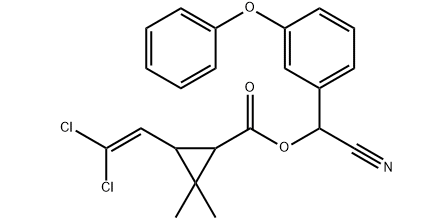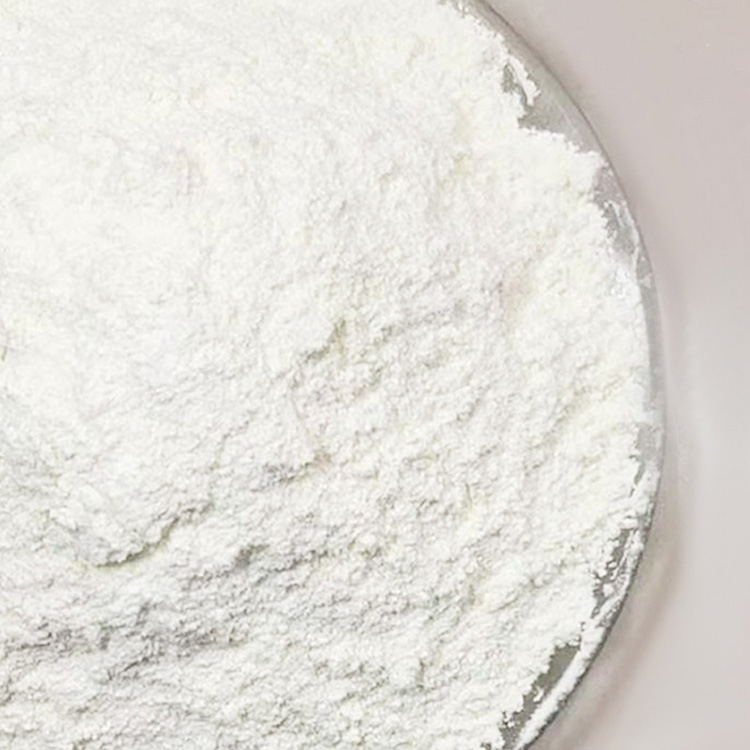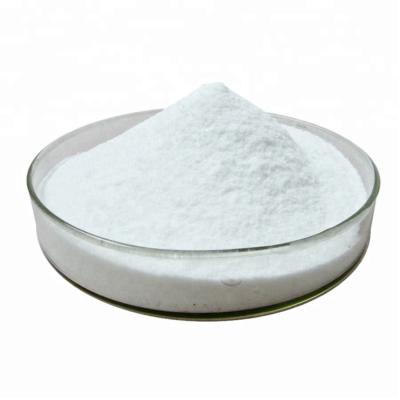The Cypermethrin Pyrethroids Insecticide
Chemical name:
α-cyano-3-phenoxybenzyl
Molecular formula: C22H19Cl2NO3
Cypermethrin is fairly toxic to fish, bees and aquatic insects, according to the countrywide pesticides telecommunications network (nptn). it's miles determined in many household ant and cockroach killers, which includes raid, ortho, fight, and ant chalk.
Product description:
Cypermethrin (cp) is a synthetic pyrethroid used as an insecticide in massive-scale business agricultural programs as well as in customer products for domestic functions. it behaves as a fast-performing neurotoxin in bugs. it is easily degraded on soil and plant life however can be effective for weeks while applied to indoor inert surfaces. exposure to daylight, water and oxygen will boost up its decomposition. cypermethrin is fairly toxic to fish, bees and aquatic insects, according to the countrywide pesticides telecommunications network (nptn). it's miles determined in many household ant and cockroach killers, which includes raid, ortho, fight, and ant chalk.
Structural formula:

Molecular weight: 416.3
CAS No. : 52315-07-8
Physical and chemical properties:
The original drug is light yellow to brown viscous liquid or semi-solid. The refractive index is n25D1.5650, the vapor pressure is 5.066×10-6Pa (70℃), 190×10-9Pa (extrapolated to 20℃), and the relative density is about 1.2350 (25℃). The solubility at 20℃ is: acetone>450g/L ethanol 337g/L, xylene>450g/L, chloroform>450g/L, hexane 103g/L; the solubility of the original drug in water is 0.01~0.2mg/L (21℃ ). Stable to heat, does not decompose below 220 ℃, relatively stable in acidic medium, stable to light in field test, unstable in alkaline conditions.
Specifications:92%TC,25%EC
Usage:
It has good effect on Phosphopteran larvae, and also has good control effect on Homoptera, Hemiptera and other pests, but it is not effective on mites. It is suitable for cotton, fruit trees, tea trees, soybeans, sugar beets and other crops.
It is a high-efficiency, broad-spectrum insecticide used to control lepidoptera, red bollworm, cotton bollworm, corn borer, cabbage caterpillar, diamondback moth, leaf roller and aphids, etc.
Submitted successfully
We will contact you as soon as possible




